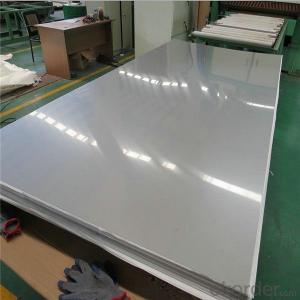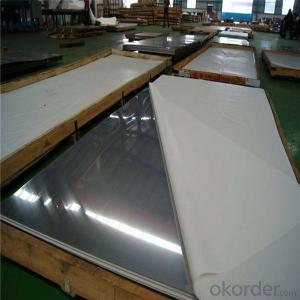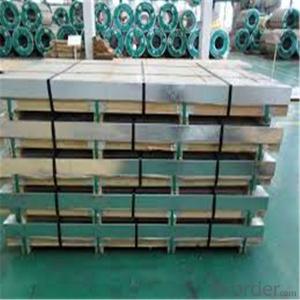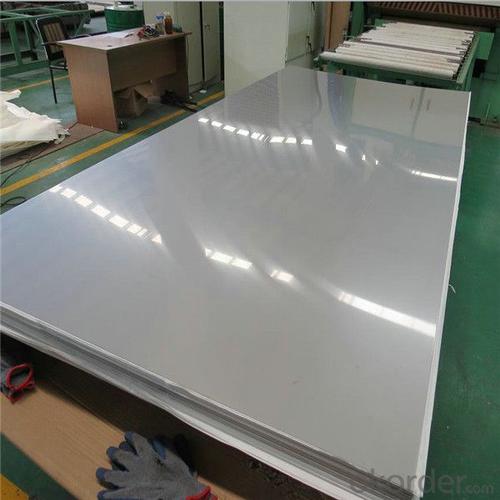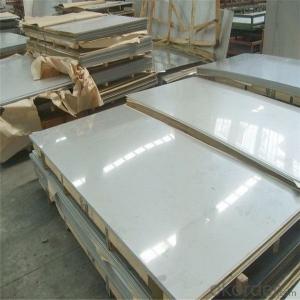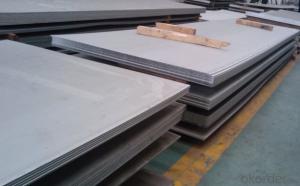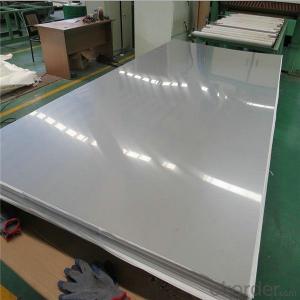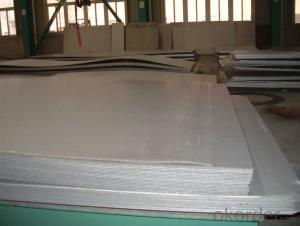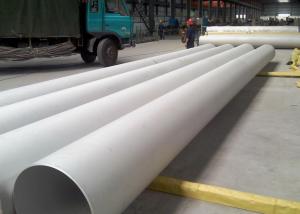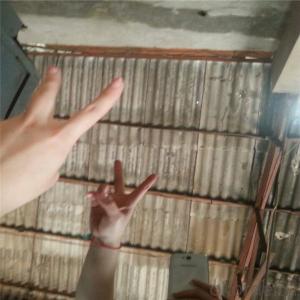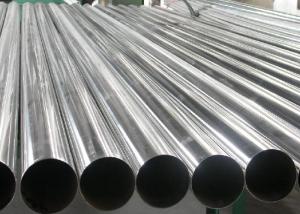Stainless Steel Sheet with 321 grade embossed finish
- Loading Port:
- Shanghai
- Payment Terms:
- TT OR LC
- Min Order Qty:
- 2 m.t.
- Supply Capability:
- 2000 m.t./month
OKorder Service Pledge
OKorder Financial Service
You Might Also Like
Specification
Prime stainless steel sheet with 321 grade embossed finish
Features:
1.Accurate dimension
2.Minimum mainenance
3.Excellent service life
4.Non Corrosive
5.Heat Resistant
Detail information:
1. Steel grade: 321
2. Surface: 2B, BA, No. 4, 8K(mirror), HL, embossing, etching. And more than 100 different patterns for your choice.
3. Colors: Golden, rose golden, titanium golden coating, champagne golden, brown, bronze, titanium black, sapphire blue, purple, gray, silver, coffee champagne, jade-green, etc.
4. Thickness: 0.3-120mm
5. Width: 500mm, 1000mm, 1219mm, 1500mm, 1800. And length: Could be cut into any size as per customer's request. Usually our common sizes: 1219mm*2438mm (4*8ft), 1219mm*3048mm (4*10ft) and 1000mm*2000mm.
6. Standard: AISI, SUS, etc.
7. Packing: Standard sea-worthy packing, cover with PVC, and wooden case, or customize package.
8. Application:
Architectural decoration, luxury doors, wall decoration plate, elevators decorating, KTV indoor decoration, metal tank shell, ship building, decoration inside the train, as well as outdoor works, advertising name plate, the ceiling and cabinets, aisle panels, screen, the tunnel project, hotels, guest houses, entertainment place, kitchen equipment, light industrial and others.
9. Advantage: Colorful, showing the splendor of your quality, wear-resistant as well, strong corrosion resistance, anti-rust property and decorative effect, durable and beautiful in good taste.
10. Supplier Product Code: SDJM
11. Competitive Advantages of the product
1) Stainless Steel Decorative Sheet
2) Customize pattern and color coating
3) Advantage: Various patterns, splendid decorative effect, fashionable design
4) Surface finish: Mirror, 2b, no.1, no.4, 6k, 8k, polished, etc
| Commodity | Prime stainless steel sheet with 321 grade embossed finish | |||||||
| Thickness | 0.3 mm-120mm | |||||||
| Width | 500mm, 1000mm, 1219mm, 1240mm, 1500mm, 1800mm, 2000mm, etc | |||||||
| Length | 1000mm-6000mm or as customer request | |||||||
| Standard | AISI, ASTM, EN, BS, SUS, DIN, JIS, etc | |||||||
| Material | 201, 202, 301, 321, 304, 304L, 316, 316L, 309S, 310S, 410, 410S, etc | |||||||
| Surface | 2B, BA, HL, 8K, No. 4, etc | |||||||
| Brand name | TISCO, LISCO, JISCO, ZPSS, BAOSTEEL, etc | |||||||
| Packaging | Standard export sea-worthy packing | |||||||
| Technique | Hot rolled / cold rolled | |||||||
| Delivery time | Within 7-10 days after receive your desipot | |||||||
| Supply ability | 500 metric tons/ week | |||||||
| Certification: | ISO9001: 2008 | |||||||
| Payment terms | 30% T/T as deposit and the balance should be paid by L/C or against copy of B/L | |||||||
| Applications | 201 Stainless Steel hot rolled plate applies to construction field, ships building industry, petroleum and chemical industries, war and electricity industries, food processing and medical industry, boiler heat exchanger, machinery and hardware fields. | |||||||
| Advantages | Strong corrosion and decorative effect; Excellent and high quality control; competitive price; Timely, reliable and efficient delivery; Customer service. Cheap, better, faster | |||||||
| Note | We can produce other standard as the customers' requirement | |||||||
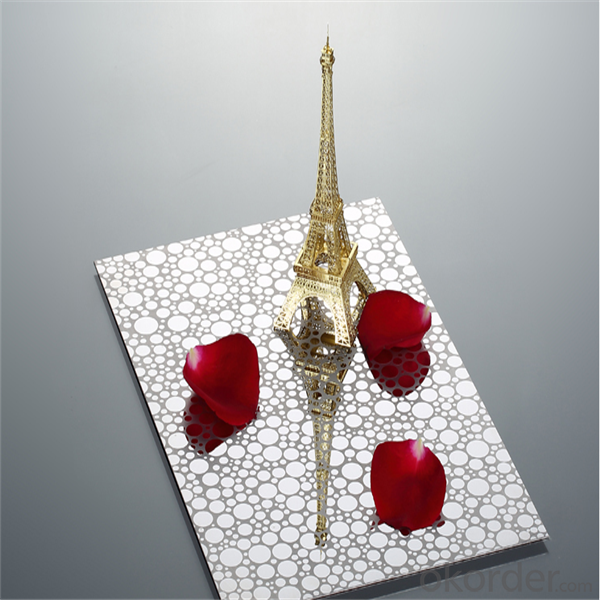
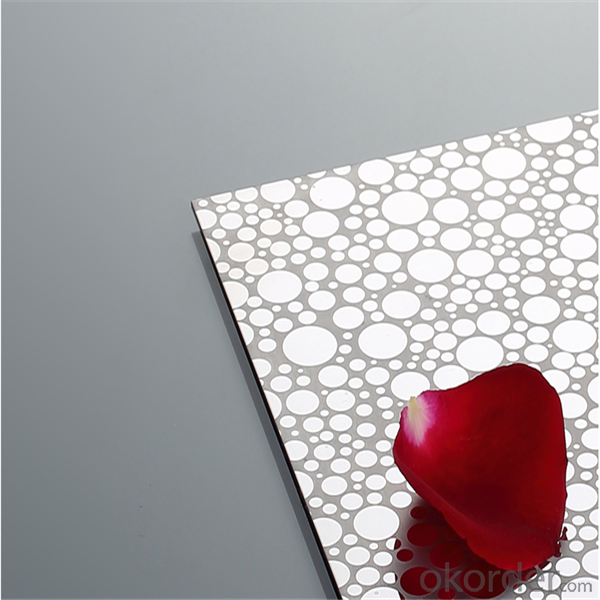
- Q: What is the difference between the stainless steel plate and the second board?
- Stainless steel plate is the thickness of the material to be within the specified dimensions, for example, Lianzhong stainless steel plate, uniform thickness, usually 1 suffix, such as 0.51, so just have 0.5; and the rolling material generally only 0.5, or in 0.49, thinner in 0.45.
- Q: Stainless steel plate net price, stainless steel plate net how much one meter?
- It has excellent corrosion resistance, acid, alkali and salt corrosion, which can meet the special requirements of oil well, not because of the erosion of the gap becomes larger; one welding multilayer structure, can make the filter hole stability, anti deformation ability.
- Q: How do you prevent distortion when welding stainless steel sheets?
- To prevent distortion when welding stainless steel sheets, there are several key steps and precautions that should be followed: 1. Proper preparation: Ensure that the stainless steel sheets are clean and free from any contaminants such as oil, grease, or dirt. Thoroughly clean the surfaces using a suitable solvent or degreaser before welding. This helps to prevent any impurities from being trapped in the weld, which can lead to distortion. 2. Proper fit-up: Accurate fit-up of the stainless steel sheets is crucial to minimize distortion. Ensure that the edges of the sheets are aligned properly and that there are no gaps or misalignments. Proper clamping or tacking can also help to maintain the correct position of the sheets during welding. 3. Controlled heat input: Heat control is essential to prevent excessive distortion. Using the appropriate welding technique, such as TIG (Tungsten Inert Gas) or MIG (Metal Inert Gas), can help control the heat input. It is important to avoid overheating the stainless steel sheets as it can lead to warping and distortion. Maintaining a consistent and controlled heat input throughout the welding process is crucial. 4. Weld sequence: Proper planning of the weld sequence can also help to minimize distortion. Start from the center and work outward in a balanced manner to distribute the heat evenly. This prevents localized heating, which can cause distortion. Alternating between sides and allowing each weld to cool before moving to the next one can also help to reduce distortion. 5. Proper welding technique: Choosing the right welding technique and parameters is important. For instance, using a lower heat input, slower travel speed, and smaller weld bead can minimize distortion. Additionally, using a backstep technique, where the weld travels in a forward and backward motion, can help distribute the heat and reduce distortion. 6. Preheating and post-weld treatment: Preheating the stainless steel sheets can help reduce the temperature gradient and minimize distortion. The preheating temperature should be within the recommended range for the specific stainless steel grade. After welding, it is advisable to perform post-weld treatment, such as stress relieving, to minimize residual stresses that can lead to distortion. By following these steps and precautions, it is possible to significantly reduce distortion when welding stainless steel sheets. However, it is important to note that each welding process and stainless steel grade may have specific requirements, so referring to the manufacturer's guidelines and seeking professional advice is recommended for optimal results.
- Q: How do you prevent warping of stainless steel sheets?
- To prevent warping of stainless steel sheets, it is important to handle and store them properly. This includes avoiding excessive heat exposure, ensuring even distribution of weight during storage, and using appropriate support structures during fabrication processes to prevent distortion. Additionally, controlling the cooling process after welding or cutting stainless steel sheets can also help minimize warping.
- Q: What is the maximum size of stainless steel sheets?
- The maximum size of stainless steel sheets can vary depending on the manufacturer and the specific requirements of the customer. However, in general, stainless steel sheets are available in standard sizes that range from 4 feet by 8 feet (1.2 meters by 2.4 meters) to 5 feet by 10 feet (1.5 meters by 3 meters). Some manufacturers may offer larger sizes, such as 6 feet by 12 feet (1.8 meters by 3.7 meters), but these are less common and may require special ordering. It's worth noting that custom sizes can also be produced by cutting or welding multiple sheets together, allowing for larger dimensions if needed.
- Q: Can stainless steel sheets be used for water pipelines?
- Yes, stainless steel sheets can be used for water pipelines. Stainless steel is highly resistant to corrosion and has excellent strength, making it a suitable material for water pipelines that require durability and longevity. Additionally, stainless steel's smooth surface helps to maintain water flow efficiency and prevent contamination.
- Q: Can stainless steel sheets be used for architectural façades?
- Yes, stainless steel sheets can be used for architectural façades. Stainless steel is a durable and versatile material that offers many advantages for façade applications. It is resistant to corrosion, weathering, and staining, making it an ideal choice for exterior use. Stainless steel sheets can be fabricated into various shapes and sizes, allowing for a wide range of design options. Additionally, stainless steel can be finished in different ways, such as brushed, polished, or colored, providing further aesthetic possibilities. Its strength and rigidity also make it suitable for large-scale installations. Overall, stainless steel sheets offer durability, aesthetic appeal, and design flexibility, making them a popular choice for architectural façades.
- Q: Are stainless steel sheets suitable for outdoor railings?
- Yes, stainless steel sheets are suitable for outdoor railings. Stainless steel is highly resistant to corrosion, making it a durable and long-lasting material for outdoor applications. It can withstand exposure to various weather conditions, including rain, snow, and sunlight, without rusting or deteriorating. Stainless steel also offers a sleek and modern appearance, making it a popular choice for outdoor railings.
- Q: What are the advantages of using stainless steel sheets in the aerospace industry?
- There are several advantages of using stainless steel sheets in the aerospace industry. Firstly, stainless steel is known for its exceptional strength and durability. It can withstand high temperatures and extreme conditions, making it ideal for aircraft components that require superior performance and longevity. This strength allows stainless steel sheets to resist corrosion, which is crucial in an industry where safety is of utmost importance. Secondly, stainless steel sheets offer excellent resistance to impact and fatigue. This is particularly vital in the aerospace industry, where components are subjected to constant vibrations and stress. Stainless steel can absorb these forces without compromising its structural integrity, ensuring the safety and reliability of the aircraft. Thirdly, stainless steel sheets have a high strength-to-weight ratio, making them lightweight yet strong. This is crucial in aviation, where reducing weight is a primary concern for fuel efficiency and overall performance. By using stainless steel sheets, aircraft manufacturers can achieve the desired strength without adding unnecessary weight, contributing to improved fuel economy and increased payload capacity. Furthermore, stainless steel sheets are highly versatile. They can be easily formed, welded, and machined into complex shapes and sizes, allowing for the production of intricate aerospace components. This versatility enables engineers to design and manufacture innovative aircraft parts, leading to improved aerodynamics, reduced drag, and enhanced overall performance. Lastly, stainless steel sheets have excellent heat resistance properties. They can withstand high temperatures without losing their strength or shape, making them suitable for applications that involve exposure to extreme heat, such as jet engines or exhaust systems. This heat resistance ensures the longevity and reliability of these critical components, contributing to the overall safety and efficiency of aircraft. In conclusion, the advantages of using stainless steel sheets in the aerospace industry are their exceptional strength and durability, resistance to impact and fatigue, high strength-to-weight ratio, versatility in manufacturing complex components, and excellent heat resistance properties. These qualities make stainless steel sheets an ideal choice for aircraft manufacturers, ensuring the safety, reliability, and efficiency of aerospace vehicles.
- Q: Are stainless steel sheets resistant to radiation?
- Yes, stainless steel sheets are generally resistant to radiation. Stainless steel is known for its high resistance to corrosion and oxidation, and it has been used in various industries where radiation exposure is a concern, such as nuclear power plants, medical facilities, and laboratories. Stainless steel's resistance to radiation is due to its composition, which includes chromium, nickel, and other alloying elements that form a protective oxide layer on the surface, preventing radiation from penetrating the material. However, it is important to note that the level of radiation resistance may vary depending on the specific grade and thickness of the stainless steel sheet. Therefore, it is advisable to consult with experts or refer to specific technical specifications when considering the use of stainless steel sheets in radiation-prone environments.
Send your message to us
Stainless Steel Sheet with 321 grade embossed finish
- Loading Port:
- Shanghai
- Payment Terms:
- TT OR LC
- Min Order Qty:
- 2 m.t.
- Supply Capability:
- 2000 m.t./month
OKorder Service Pledge
OKorder Financial Service
Similar products
Hot products
Hot Searches
Related keywords
